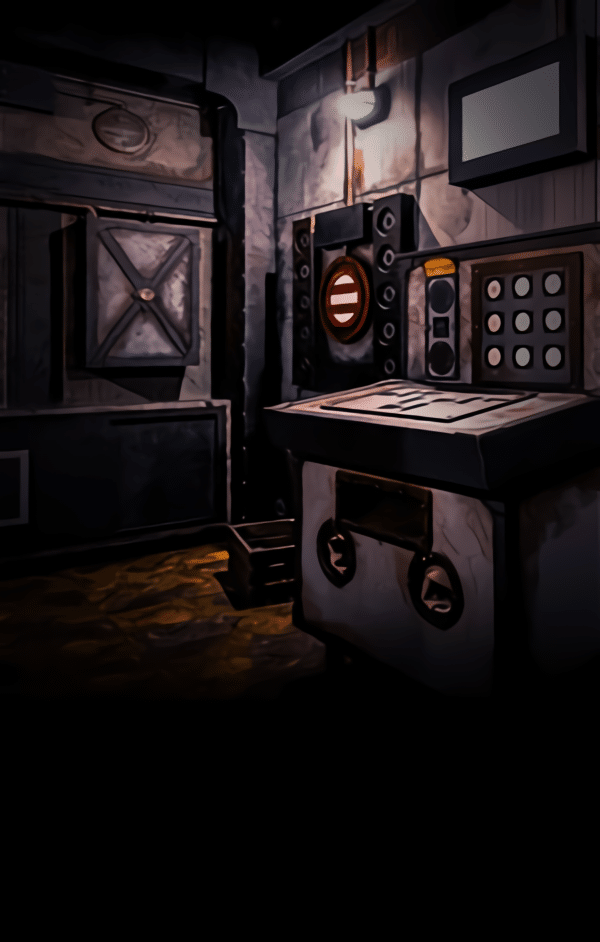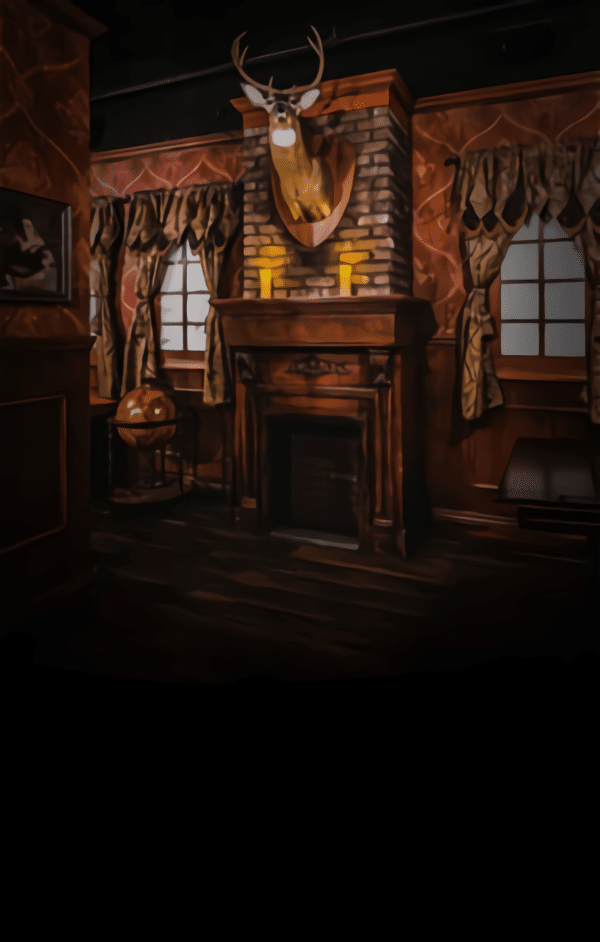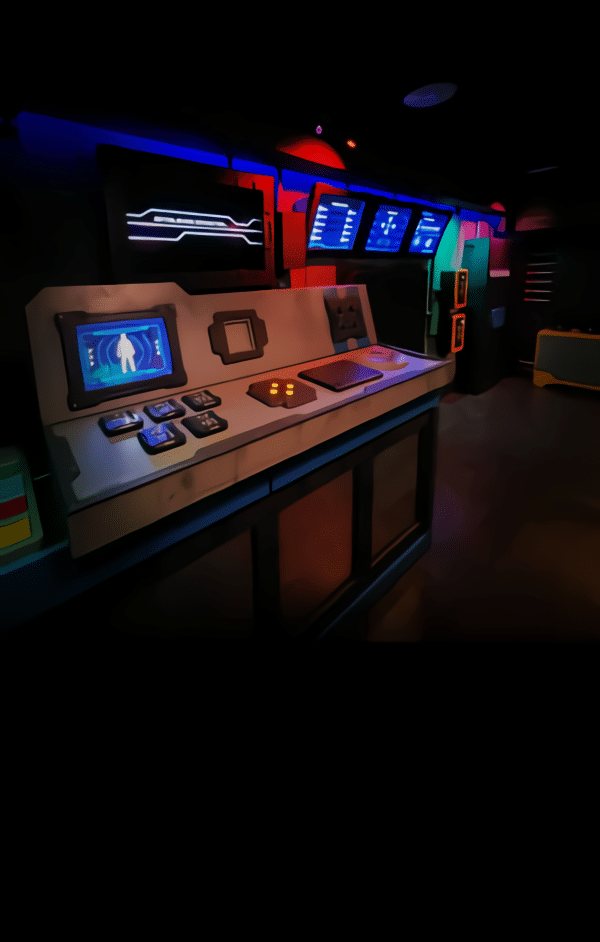Introduction: Accessibility and Sensory Awareness in Escape Rooms NYC
Escape rooms have evolved into one of the most popular entertainment activities in New York City, drawing families, tourists, couples, companies, and groups of all backgrounds. But as escape rooms become more immersive—with cinematic lighting, dynamic sound, interactive technology, and fast-paced puzzles—many players with sensory sensitivities wonder whether the experience will be comfortable and safe for them. This leads to an important question: How do escape rooms NYC accommodate players with sensory sensitivities?
Visitors exploring escape rooms nyc options, particularly at Escape Room NYC – Mission Escape Games, often discover that many venues have developed thoughtful ways to support sensory-sensitive players. These accommodations help ensure that individuals who may be sensitive to bright lights, loud sounds, confined spaces, or intense visual elements can still enjoy the fun, teamwork, and immersive storytelling that escape rooms offer.
This comprehensive 2,000-word guide explores how escape rooms in NYC accommodate players with sensory sensitivities, how Mission Escape Games designs supportive environments, what players should expect, how to prepare, and how staff can tailor the experience to each group’s needs.
Understanding Sensory Sensitivities in the Context of Escape Rooms NYC
Before diving into specific accommodations, it is important to understand what sensory sensitivities may involve. Sensory sensitivity can affect how individuals experience light, sound, physical touch, spatial depth, movement, and emotional or environmental stimulation.
Common Sensory Triggers May Include:
-
Flashing or flickering lights
-
Loud sound effects
-
High-contrast visuals
-
Tight or confined spaces
-
Strong environmental scents
-
Sudden sound cues
-
Overstimulating visuals
-
Fast-paced sequences
Escape rooms NYC are designed to be immersive, but that immersion must be balanced with safety and comfort—especially for guests with sensory awareness needs. That’s why professional venues like Mission Escape Games have established practices that accommodate different sensory circumstances.
Clear Communication and Pre-Game Briefing
One of the biggest ways escape rooms NYC support sensory-sensitive players is through pre-game communication.
How Mission Escape Games Helps:
-
Staff explains lighting, sound, and environmental features.
-
Players can ask questions before entering the room.
-
Any intense effects are discussed ahead of time.
-
Groups can request a modified experience.
-
Gamemasters conduct a calm, informative introduction.
This transparency helps players prepare mentally and emotionally before the game begins. Communication also empowers individuals to make informed decisions about participation.
Lighting Adjustments for Sensory Comfort
Lighting is one of the main components of immersion in escape rooms, but for sensory-sensitive guests, lighting can also be a trigger.
Lighting Adjustments May Include:
-
Dimming overhead lights
-
Removing or modifying flashing lights
-
Replacing colored lights with softer tones
-
Slowing down strobe sequences
-
Using static light where flicker would occur
-
Keeping additional lights on upon request
Mission Escape Games prioritizes player comfort and can make adjustments when the room design allows for it.
Why Lighting Flexibility Matters
Some players experience discomfort or overstimulation from:
-
Fast strobe effects
-
Sudden blackouts
-
Bright red emergency lighting
-
Sharp contrasts
Allowing adjusted lighting ensures the experience remains safe and enjoyable.
Sound-Level Modifications
Sound is essential for atmosphere, but some players have sensitivities to:
-
Loud volume
-
Sudden noises
-
Deep bass
-
High-pitched tones
-
Fast auditory transitions
How Escape Rooms NYC Adjust Sound:
-
Lower background music volume
-
Reduce or disable intense sound cues
-
Avoid sudden loud audio triggers
-
Provide a quieter version of the room when possible
-
Allow personal earplugs or noise-dampening headphones
Mission Escape Games uses directional and layered sound design, allowing staff to moderate sound intensity according to group needs.
Flexible Room Flow for Sensory-Sensitive Players
Some escape rooms have:
-
Confined spaces
-
Dark corridors
-
Multi-room transitions
-
Tight doorways
These rooms may be challenging for individuals with sensory or spatial sensitivities. NYC escape rooms that prioritize accessibility can modify gameplay or guide players through alternative paths.
Room Flow Accommodations Include:
-
Alternative entrances when available
-
Keeping connecting doors open
-
Providing advance warning of tight spaces
-
Allowing players to skip certain segments
-
Giving players the option to stay in main rooms rather than smaller side rooms
Flexibility ensures that players do not feel pressured or trapped.
Gamemaster Monitoring and Customized Support
Gamemasters are trained to monitor player comfort at all times. At Mission Escape Games, gamemasters:
-
Watch the entire game through cameras
-
Check for signs of sensory overload
-
Offer supportive hints and reassurance
-
Pause or slow the game if needed
-
Adjust sound or lighting live
-
Allow breaks without penalty
This real-time oversight ensures the experience remains safe and enjoyable.
Sensory-Friendly Versions of Rooms
Some escape rooms NYC offer modified versions of their games to better suit sensory-sensitive players. These can include:
-
Reduced audio intensity
-
Softer lighting
-
Less surprising environmental triggers
-
Simplified visual cues
-
Extra communication throughout the game
While the level of modification varies by room design, many aspects can be adapted while preserving the core gameplay.
Mission Escape Games Approach:
Mission Escape Games often accommodates sensory modifications upon request. Though some high-tech effects are essential to puzzle progression, many sensory elements can be adjusted without affecting the story.
Break Options and Safe Exits
Escape rooms are not actually “locked.” For safety reasons, all escape rooms NYC must provide accessible exits and the ability for players to step out if needed.
Players With Sensory Sensitivities Can:
-
Take short breaks outside the room
-
Re-enter when comfortable
-
Step into a calmer space
-
Communicate with staff for support
Mission Escape Games encourages guests to take breaks if needed. The goal is to ensure comfort, not force continuous participation.
Transparency About Theme Intensity
Some themes are more stimulating than others.
Themes That Tend to Be Sensory Friendly:
-
Detective mysteries
-
Adventure explorations
-
Moderate challenge puzzles
-
Sci-fi rooms with soft lighting
Themes That May Be More Intense:
-
Horror rooms
-
Psychological thrillers
-
Rooms with loud alarms
-
Rooms with rapid lighting effects
-
Rooms with fast-paced audio or special effects
Mission Escape Games clearly explains each room’s intensity level, enabling sensory-sensitive guests to choose the best fit.
Pre-Visit Preparation Tips for Sensory-Sensitive Players
Players with sensory needs may enjoy the experience more with a bit of preparation.
Helpful Tips Include:
-
Ask for sensory modification options
-
Bring earplugs or noise-dampening headsets
-
Avoid peak hours to reduce external noise
-
Choose earlier reservation times for calmer environments
-
Wear comfortable clothing
-
Go with supportive companions
-
Request a calm briefing before gameplay
-
Communicate concerns with staff before starting
The more prepared the group is, the smoother the experience becomes.
How Escape Rooms NYC Create Inclusive Environments
NYC values inclusivity, and escape rooms reflect that cultural expectation.
Inclusive Practices Include:
-
Non-judgmental staff
-
Sensory-adjusted gameplay upon request
-
Accessibility awareness
-
Training in guest relations
-
Clear communication practices
-
Safe room designs
-
Flexible pacing
Mission Escape Games invests in training their gamemasters to recognize and support diverse group needs.
Escape Rooms as Positive Experiences for Sensory-Sensitive Players
With proper adjustments, escape rooms can be deeply enriching for individuals with sensory sensitivities.
Benefits Include:
-
Teamwork and communication practice
-
Cognitive stimulation
-
Fun problem-solving
-
Increased confidence
-
A sense of accomplishment
-
Social bonding
-
Structured but flexible stimulation
Many sensory-sensitive players enjoy escape rooms more than expected once accommodations are provided.
Escape Rooms NYC and Neurodiversity
Many individuals with sensory sensitivities also identify as neurodivergent, including:
-
People with autism
-
People with ADHD
-
People with SPD (Sensory Processing Disorder)
-
Highly sensitive people (HSP)
Mission Escape Games welcomes neurodivergent players and encourages groups to communicate needs ahead of time.
Examples of Neurodiversity-Friendly Practices:
-
Extra instructions
-
Reduced jumping effects
-
Step-by-step guidance
-
Flexible hinting
-
Calmer puzzle pacing
-
Allowing additional support people
Escape rooms can be empowering experiences for neurodivergent guests when designed with accommodations.
Conclusion: Escape Rooms NYC Can Be Sensory-Friendly With the Right Accommodations
Escape rooms are thrilling, immersive experiences, but they must also be accessible and comfortable for all players—including those with sensory sensitivities. Fortunately, many escape rooms nyc venues, especially Mission Escape Games, are committed to inclusivity and player comfort. Through lighting adjustments, sound customization, room flow modifications, communication protocols, and supportive gamemasters, escape rooms can be adapted to meet a wide variety of sensory needs.
Whether a player is sensitive to bright lights, loud noises, confined spaces, or rapid visual effects, Mission Escape Games provides thoughtful solutions that preserve the fun and excitement of the experience while ensuring safety, comfort, and emotional well-being.
With preparation, communication, and the right accommodations, sensory-sensitive players can fully enjoy the teamwork, adventure, and cinematic immersion that escape rooms offer. Mission Escape Games continues to lead the way in creating accessible, inclusive environments where all players can participate and thrive.
FAQs
1. Can escape rooms NYC lower sound levels for sensory-sensitive players?
Yes. Mission Escape Games can reduce background music, minimize loud effects, or disable certain sound cues when possible. Guests may also bring their own ear protection.
2. Are lighting effects adjustable for players with sensory sensitivities?
In many rooms, yes. Staff can dim lights, reduce flashing effects, or provide steadier lighting based on player needs, depending on room design.
3. Can sensory-sensitive players exit the room if they feel overwhelmed?
Absolutely. All escape rooms have accessible exits, and players may step out for a break at any time without penalty.
4. Are escape rooms NYC suitable for neurodivergent players?
Yes. Mission Escape Games regularly accommodates neurodivergent individuals by offering flexible pacing, clear instructions, sensory adjustments, and supportive gamemaster oversight.
5. Should I notify the venue in advance about sensory sensitivities?
Yes. Contacting Mission Escape Games beforehand ensures staff can prepare appropriate accommodations, suggest ideal rooms, and adjust the experience as needed.
Read: What kind of physical activity, if any, is required in escape rooms NYC?
Read: Are there escape rooms NYC designed specifically for puzzle enthusiasts?









